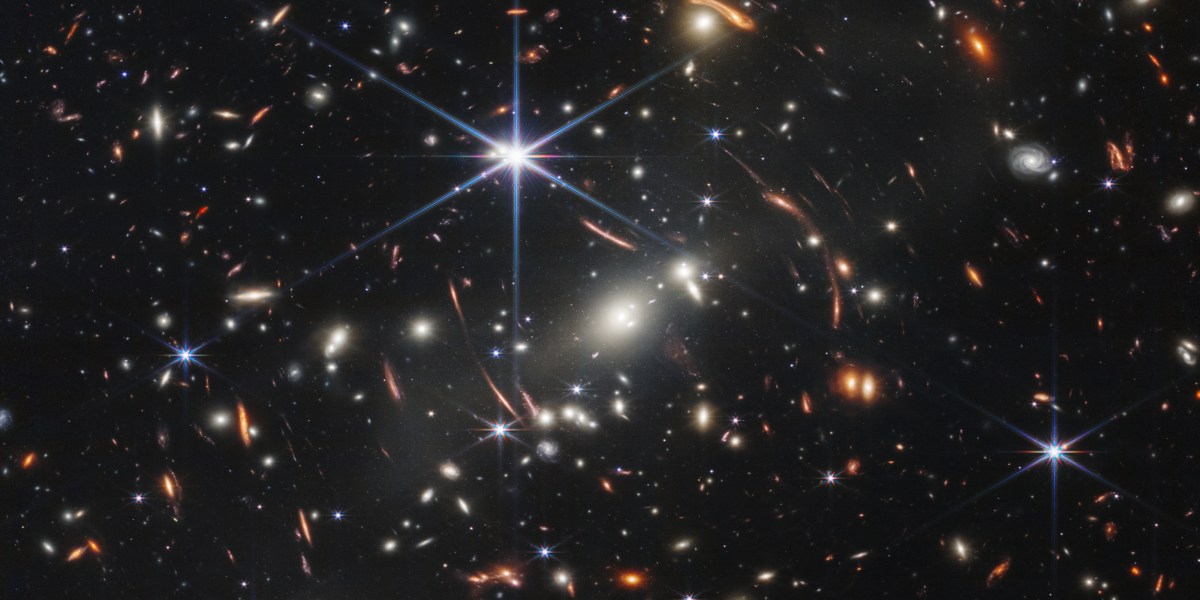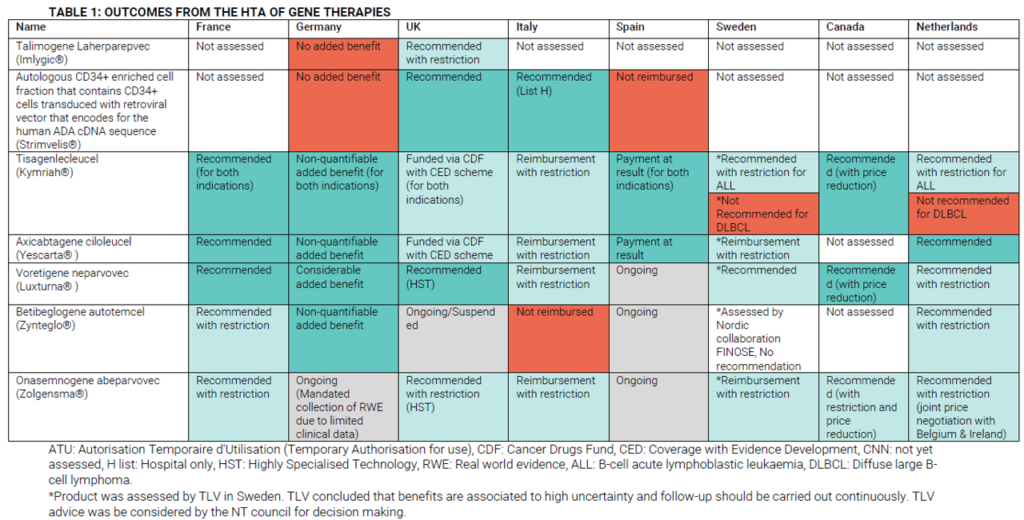“It is a new window into the history of our universe,” President Biden said. “Today we’re getting a glimpse of the first light to shine through that window.”
Launched on Christmas Day 2021, the $10 billion JWST is the most advanced telescope ever sent to space. Measuring 21 feet across and sporting 18 gold-plated hexagonal mirrors, the infrared telescope—a collaboration between the US, Europe, and Canada—is able to peer further and more accurately across the cosmos than any other instrument, far exceeding even Hubble.
Over the last few months engineers have been working tirelessly to get the machine, which is protected from the sun’s rays by a vast tennis court-sized sunshield, up and running. Positioned 1.5 kilometers from Earth, beyond the orbit of the moon, the telescope is now ready for duty. “You keep pinching yourself,” says Mark McCaughrean, senior advisor for Science and Exploration at the European Space Agency. “It’s just so surprisingly good.”
The image unveiled today by President Biden is the first of four that are set to be released this week, the others being pictures of two spectacular nebulae and a compact group of galaxies. A fifth observation, a preliminary study of the atmosphere of a planet in another solar system, is also set to be revealed.
“It’s like putting eyeglasses on for the first time,” says Wendy Freedman, an astronomer at the University of Chicago. Paul Byrne, an astronomer at Washington University in St. Louis, describes the image as “poetic”, revealing a whole host of galaxies inhabited by stars and planets across the cosmos.
These test images are a small glimpse of what the telescope, which is run by NASA and the Space Telescope Science Institute in Baltimore, is capable of. The JWST’s first year of scheduled scientific observations is now underway and includes detailed studies of exoplanets, investigations of remote galaxies, and expeditions deep into the sky and thus far back in time, towards the Big Bang itself.
“This observatory is seeing stuff we’ve never seen before,” says Michael Menzel, lead mission systems engineer for the JWST at NASA’s Goddard Space Flight Center in Greenbelt, Maryland, “and it’s only in first gear.”

















